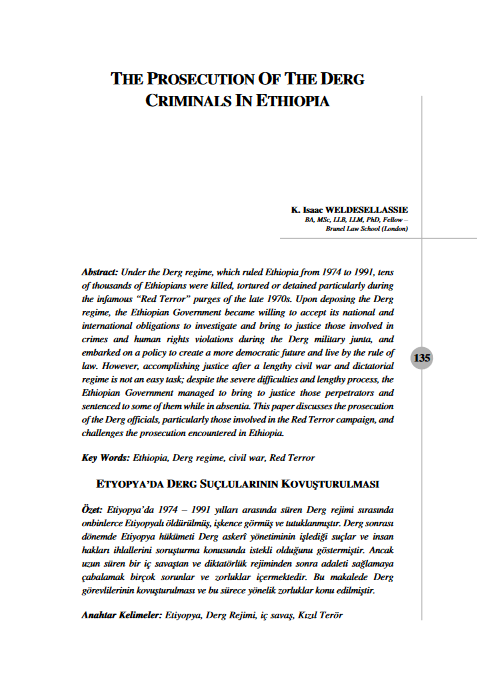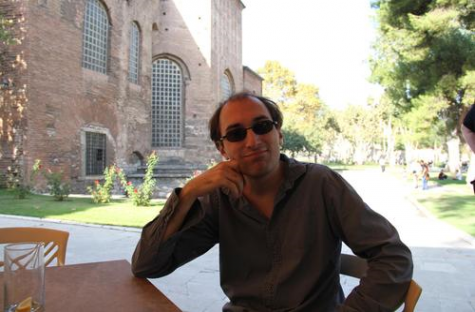
The Hrant-Dink Foundation (HDV) initiated some years ago a program to fund travels of Turkish citizens to Armenia, arguing that mutual understanding between people will facilitate peace. Presented as such, nobody can reasonably be against such a program. The problem is that, in practice, the program is far from achieving the claimed goals. I am taking here the example of a participant who recently spent three months in Yerevan thanks a grant of the HDV - not because of the importance of the author, who is not well-known, but because of what her conclusions say on the methods and practices of the HDV. The summary of these three months, published on an Armenian web site,[i] is more than surprising as a whole, but particularly surprising because of three key remarks.
1) “I recalled the Armenian terrorist organization ASALA’s killing of Turkish diplomats around the world in the seventies. They did it to force discussion of the Armenian Genocide.”
Except the use of the adjective “terrorist,” the presence of which is unusual for an Armenian website, these words are truly unbelievable. The less serious aspect is their inaccuracy. The attacks perpetrated by the Armenian Secret Army for the Liberation of Armenia (ASALA) were not limited to the 1970s: the last one took place in Brussels, on June 23, 1997.[ii] In addition, as late as 2008-2009, the association of the veterans of ASALA in Yerevan silenced an Armenian Australian scholar, Armen Gakavian, who wanted to launch a petition denouncing Armenian terrorism and the war crimes perpetrated during the WWI by the Armenians of the Russian army against Muslim Ottoman civilians.[iii] Indeed, more than 500,000 Muslims were killed by Armenians and Cossacks in eastern Anatolia from 1914 to 1918,[iv] and more than 150,000 others in western Anatolia by the Greek armed forces, including Armenian volunteers units, from 1919 to 1922[v] - typically the kind of “historical details” the Hrant-Dink Foundation does not recall frequently.
The majority of the Turkish diplomats assassinated by Armenian terrorists (1973-1984) were not killed by the ASALA, but by the Justice Commandos for the Armenian Genocide, a terrorist organization established and controlled by the Armenian Revolutionary Federation, the most powerful party of the Armenian diaspora, which also participated to the Armenian cabinet from 1998 to 2008.[vi] The ASALA is better known because of its bombing in public places, such as the Turkish Tourism Bureau of Rome (1980), the airports of Ankara-Esenboğa (1982) and Paris-Orly (1983), or the Grand Bazaar of Istanbul (1983). In fact, the majority (40 out of about 70) of the persons killed by Armenian terrorists during the 1970s and 1980s were not diplomats or members of their family.
The worst aspect of these words is that their author purely and simply repeats the Armenian nationalist propaganda that justified -and still justifies today- Armenian terrorism. It is barely necessary to recall that the ASALA never wished any “discussion” on the events of 1915-16, instead they wished to impose their views on these events. These terrorists even tried to kill U.S. historian Stanford Jay Shaw, in 1977 and 1982, just because he presented arguments the Armenian fanatics did not like.[vii] Kaşo says nothing about the racism of the ASALA and JCAG, who killed Turks in public places for the sole and only crimes of being Turkish - or about the participation of the ASALA to the anti-Semitic bombing in rue Copernic, Paris, due to the extremely virulent hatred of Jews by most of the Armenian nationalists, particularly in the ASALA.[viii] She says nothing about the territorial claims which were the main topic exposed in the communiqués of both ASALA and JCAG during the 1970s and 1980s. However, she uses the words “Western Armenia,” typical of contemporary Armenian irredentism against Turkey. In fact, it is quite in conformity with the official, recurrent glorification of Armenian terrorism in contemporary Armenia.[ix]
Certainly, the Hrant-Dink Foundation is not a monolithic group, and I have direct evidence for this; but it does not prevent the noticing of what this organization, as a whole, promotes. More than two weeks after the publication of the text commented here, the Foundation has still not distanced itself from the text’s whitewashing of Armenian terrorism. The question that needs to be answered is this: What words are needed to best describe the paradox of a Foundation that took the name a victim of a terrorist act, but nevertheless funded a trip that leads to excuses for terrorist assassinations? This is a question that is left to the reader to answer for their own.
2) “Just as Turkey has racists, Armenia has its own.”
No word less strong than “disinformation” can describe this sentence appropriately. The official ideology in Armenia today is an extremely racist one. The statement of principles of the Republican Party of Armenia, in power since 1998, cites only one person: G. Nzhdeh (Nejdeh).[x] Tributes are regularly paid to Nzhdeh in the main intellectual institutions of Armenia, such as the State University of Yerevan.[xi] There is a memorial for Nzhdeh in Yerevan, his name was given to a metro station of the capital city of Armenia and a new statue will be soon unveiled. The only controversy regarding this statue, last year, was about its location. The media and political consensus calls him a hero.[xii] But who was Nzhdeh? He described himself as racist, fascist and Nazi. Nejdeh, who exterminated Azeris in Armenia from 1918 to 1920, later said: “Today Germany and Italy are strong because as a nation they live and breathe in terms of race” (Hairenik Weekly, 10 April 1936). As early as 1933, his party, the Armenian Revolutionary Federation (ARF), gave him the responsibility to establish the youth organization in the U.S., and Nejdeh chosen as name “Tzeghagron,” which means: “the religion of race”. The group still exists, but changed its name into “Armenian Youth Federation” in 1943. At the beginning of the Second World War, Nzhdeh went to Germany, to wear the uniform of the Third Reich. He was a member of the Armenian National Council, established in December 1942 with the endorsement of Alfred Rosenberg, the minister of Hitler for the eastern conquered territories.[xiii]
After having recalled such facts in the Hürriyet Daily News, I received a message of congratulation from Yerevan. I wish -from the deepest of my heart- that this comment was something like: “You wrote an interesting piece, but you have missed this and this article criticizing the glorification of Nzhdeh.” Yet, there was actually no such factual correction - not a single critique. And nobody else even tried to give a simple nuance to my findings.
This racist ideology has very concrete consequences. From 1987 to 1989, all the remaining Azeris of Armenia were expelled.[xiv] In 1992, Armenia invaded Western Azerbaijan (the Nagorno-Karabakh as well as seven other districts, inhabited almost only by ethnic Azeris), exterminated thousands of Azeri civilians (especially in Khodjaly: at least 613, and more likely 763, were killed in one night in this city) and expelled all the others. The author has nothing to say about these racist crimes. Past President Khocharian justified these acts of ethnic cleansing by the “ethnic incompatibility” between the Armenians and the Azeris - a mere non-sense: In spite of the conflict, 30,000 ethnic Armenians with Azerbaijani citizenship are still in Azerbaijan today;[xv] in spite of the constitutional value of the territorial claims against Turkey (reaffirmed by the Constitutional Court of Armenia in 2010), this country accepts on its soil tens of thousands illegal Armenian immigrants and even allows them to send their children to Armenian schools in Istanbul.
In addition, the Jewish community in Armenia has virtually disappeared after the independence, largely because of the exceptionally high level of anti-Semitism in this country,[xvi] and the only remaining minority, the Yezidis, is facing disappearance, because of emigration, itself due to the clear intolerance of a large section of the population.[xvii] Armenia is the only country of the region which is both independent and virtually mono-ethnic.
3) “Public Information and Need of Knowledge (PINK), the LGBT rights advocate NGO for which I worked, was a temple of joy.”
This is the beginning of a development that, once again, is disinformation. I have no evidence against the good faith of the activists promoting the LGBT rights in Armenia, and so no intention to deny it. The problem is that such persons are confronted to an extreme intolerance. PINK itself ordered a survey in 2011, and 72 percent of the 1,189 respondents (a significant number for a small country such as Armenia) explained that the state should take measures to “fight against homosexuals.” Even more strikingly, on May 8, 2012, a gay-friendly bar of Yerevan was targeted by a Molotov cocktail attack. The chairman of the ARF block in the Armenian National Assembly, Artsvik Minassian (Minasyan), paid to obtain the release of the perpetrators.[xviii] Five months later, a nationalist demonstration was organized in front of the German embassy of Yerevan, because Germany had funded the distribution of a Serbian film mentioning (more than dealing with) homosexuality. Describing the LGTB rights advocacy in Armenia without saying anything about the problems they face is a serious distortion of truth.
Reconciliation cannot be based on the denial of the wrongdoings of the Armenian side and/or on the exaggeration of the wrongdoings of the Turkish side[xix] - and this selective indignation is unfortunately not new.[xx] Such denial and exaggeration does not promote reconciliation between Turks and Armenians, it instead promotes self-hatred amongst Turks.
[iv] Yusuf Sarınay, Ermeniler Tarafından Yapılan Katliam Belgeleri, Ankara, 2001, volume I, p. 377 and volume II, p. 1053. Those who find this figure surprisingly high should consider the conclusions of British Captain C. L. Wooley, who affirmed, after an investigation on place, that between 300,000 and 400,000 Muslims were butchered by Armenian nationalists in a part of eastern Anatolia only: Justin McCarthy, Death and Exile: the Ethnic Cleansing of Ottoman Muslims, 1821-1922, Princeton: Darwin Press, 1995, p. 238, n. 75; Jeremy Salt, The Unmaking of the Middle East, Berkeley-Los Angeles-London: University of California Press, 2008, p. 67.
[v] In a report submitted to the Quai d’Orsay on July 27, 1922 (Archives du ministère des Affaires étrangères, La Courneuve, microfilm P 1380), Elzéar Guiffray, the elected chief of the French community in Izmir, gave numerous and precise examples of burned villages, slaughters, assassinations, arbitrary arrests and inhuman conditions of detention, adding that “without exaggeration,” the number of Turks killed by the Greek forces (which included, at least in some cases, Armenian volunteers) since May 1919 is in excess of 150,000, “without counting the deported persons, estimated to be 300,000.” Writing in July, Guiffray could not describe the most violent period, namely the Greek withdrawal of August-September: Caleb Frank Gates, Not to Me Only, Princeton-London: Princeton University Press/Oxford University Press, 1940, p. 283; Justin McCarthy, Death and Exile…, pp. 279-284 and 292-306. On the Armenian participation to this last stage, see the report of C. Toureille in the same microfilm than the one of Guiffray.
[vi] Michael M. Gunter, “Pursuing the Just Cause of their People.” A Study of Contemporary Armenian Terrorism, Westport-New York-London: Greenwood Press, 1986, pp. 55-56 and 68-69; Gaïdz Minassian, Guerre et terrorisme arméniens, Paris: Presses universitaires de France, 2002, pp. 22-23, 28, 32-34 and 44-45.
[vii] “Crude Bomb Explodes at UCLA Professor’s Home”, The Los Angeles Times, 4 October 1977, p. D1 ; “Armenian Terrorism: Near East Feud Rages in America”, The Washington Post, 17 May 1982, p. A1 ; “Press Clanger”, Times Higher Education, 1st April 1996, http://www.timeshighereducation.co.uk/92989.article
[viii] Nathalie Cettina, Terrorisme : l’histoire de sa mondialisation, Paris : L’Harmattan, 2001, pp. 45-46.
[ix] For instance: http://armenpress.am/eng/news/630988/ http://www.rferl.org/content/article/1142396.html
[x] Turgut Kerem Tuncel, Armenian Diaspora, Ankara: Terazi, 2014, pp. 309-311. Also see: http://www.hhk.am/en/rpa-library/
[xiii] John Roy Carlson (Arthur Derounian), Under Cover. My Four Years in the Nazi Underworld of America, New York: E. P. Dutton & C°, 1943, pp. 81-82; Yves Ternon, La Cause arménienne, Paris, Le Seuil, 1983, p. 132; Christopher Walker, Armenia. The Survival of a Nation, London-New York: Routledge, 1990, p. 357.
[xiv] Ariel Kyrou and Maxime Mardoukhaïev, « Le Haut-Karabagh, vu du côté Azerbaïdjan », Hérodote, n° 54-55, 4e trimestre 1989, pp. 265-267.
[xv] UNHCR, International Protection Considerations Regarding Azerbaijani Asylum-Seekers and Refugees, Geneva, 2003, p. 4.
[xvi] http://www.jns.org/latest-articles/2014/12/8/anti-semitism-in-armenia-a-clear-and-present-danger
[xvii] « Demandeurs d’asile : un long et douloureux parcours », Ouest France, 11 mars 2011 ; « Chalon — Expulsion : très inquiets pour David Tamoev et sa famille », Le Journal de Saône-et-Loire, 21 novembre 2014 ; « La Cimade défend l’asile d’un Kurde d’Arménie », Sud Ouest, 10 January 2015.
[xviii] http://www.eurasianet.org/node/65436 http://globalvoicesonline.org/2012/05/16/armenia-concerns-and-fears-after-nationalist-firebombers-released/
[xix] I am, of course, referring to the misuse of the word “genocide.” In this regard, see, to begin, Edward J. Erickson, Ottomans and Armenians. A Study in Counter-Insurgency, New York-London: Palgrave MacMillan, 2013; Maxime Gauin, “Review Essay — ’Proving’ a ‘Crime against Humanity?’”, Journal of Muslim Minority Affairs, volume 35, number 1, 2015, pp. 141-157; and Guenter Lewy, The Armenian Massacres in Ottoman Turkey, Salt Lake City: University of Utah Press, 2005 (Turkish translation: 1915. Osmanlı Ermenilerine Ne Oldu?, Istanbul, Timaş, 2011).
© 2009-2025 Center for Eurasian Studies (AVİM) All Rights Reserved
No comments yet.
-
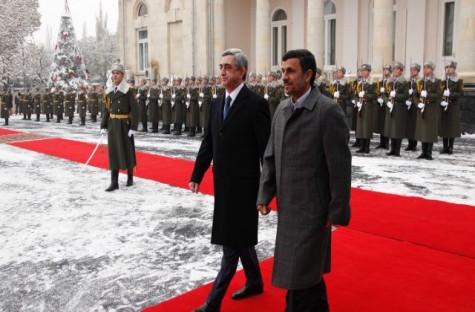 BAKU TO THE FUTURE: AZERBAIJAN, NOT ARMENIA, IS ISRAEL'S TRUE ALLY
BAKU TO THE FUTURE: AZERBAIJAN, NOT ARMENIA, IS ISRAEL'S TRUE ALLY
Maxime GAUIN 10.11.2014 -
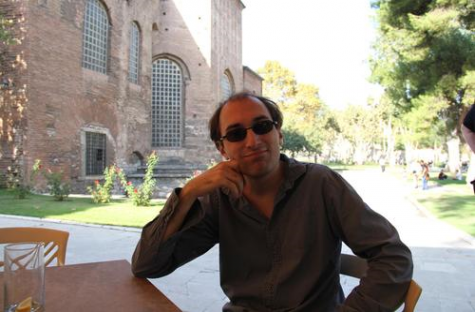 WHO IS RESPONSIBLE FOR THE CLOSING OF TURKISH-ARMENIAN BORDER?
WHO IS RESPONSIBLE FOR THE CLOSING OF TURKISH-ARMENIAN BORDER?
Maxime GAUIN 04.02.2015 -
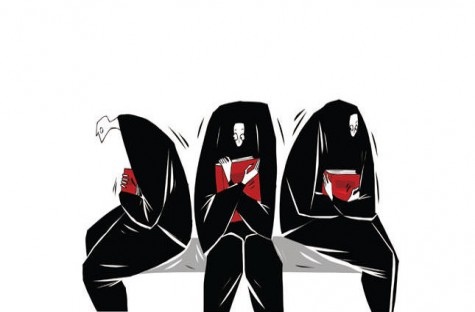 THE TURKISH-ARMENIAN DISPUTE: WHO HAS SOMETHING TO HIDE?
THE TURKISH-ARMENIAN DISPUTE: WHO HAS SOMETHING TO HIDE?
Maxime GAUIN 13.10.2014 -
 FROM TERRORISM TO INVASION AND MASSACRE: GILBERT LEVON MINASSIAN
FROM TERRORISM TO INVASION AND MASSACRE: GILBERT LEVON MINASSIAN
Maxime GAUIN 28.02.2025 -
 THE NEW REVENGE OF LAW ON POLITICS
THE NEW REVENGE OF LAW ON POLITICS
Maxime GAUIN 25.10.2015
-
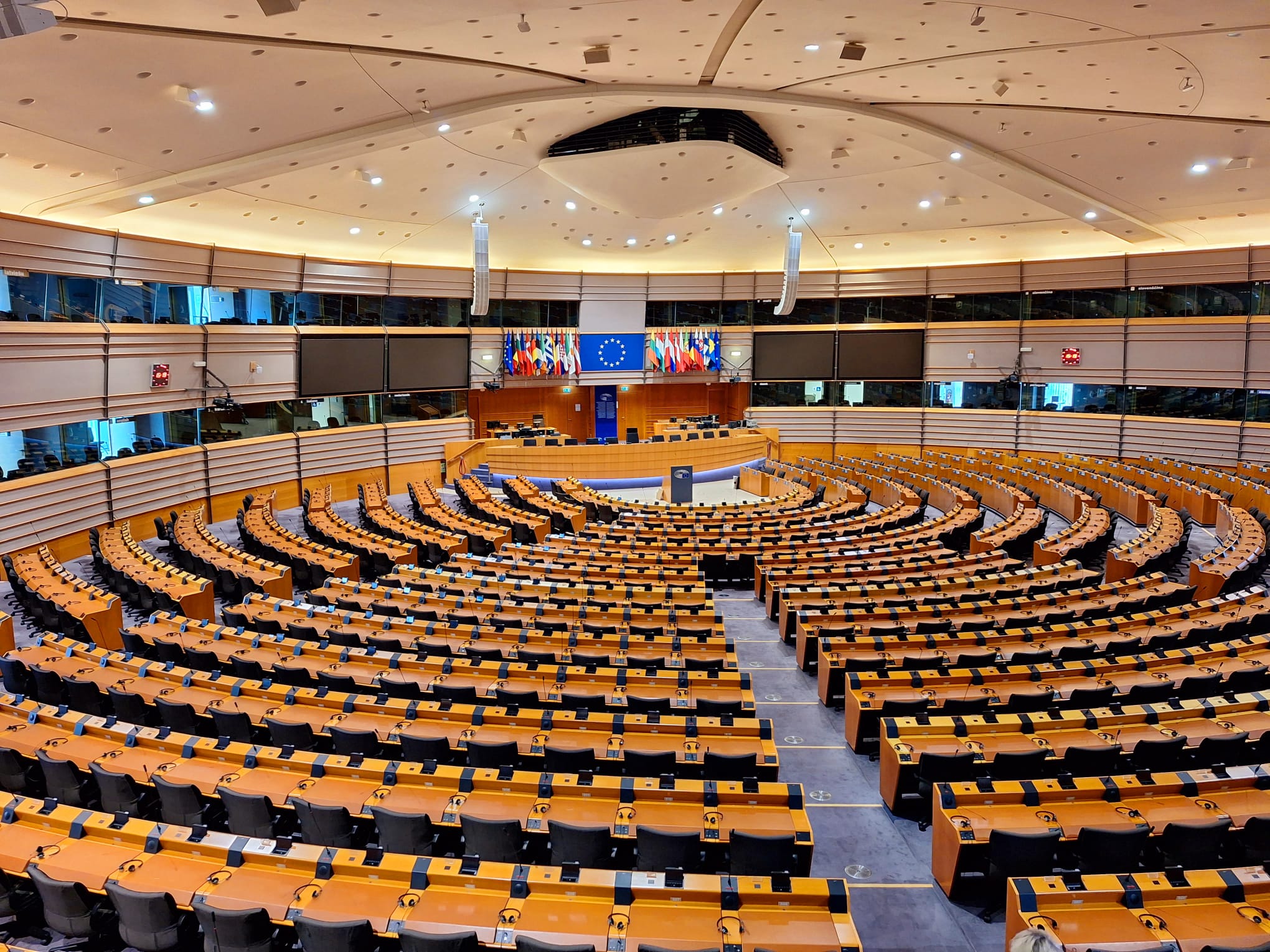 THE EUROPEAN PARLIAMENT’S DOUBLE STANDARDS IN ITS USE OF THE “GENOCIDE” CONCEPT: PERSPECTIVES ON THE 1915 EVENTS AND THE GAZA CRISIS
THE EUROPEAN PARLIAMENT’S DOUBLE STANDARDS IN ITS USE OF THE “GENOCIDE” CONCEPT: PERSPECTIVES ON THE 1915 EVENTS AND THE GAZA CRISIS
Hazel ÇAĞAN ELBİR 01.10.2025 -
FORTRESS EUROPE PROPELS TURKEY TOWARDS EURASIA
Alev KILIÇ 11.02.2013 -
 “ATATÜRK” IS ON PRIMEVIDEO
“ATATÜRK” IS ON PRIMEVIDEO
Hazel ÇAĞAN ELBİR 17.09.2024 -
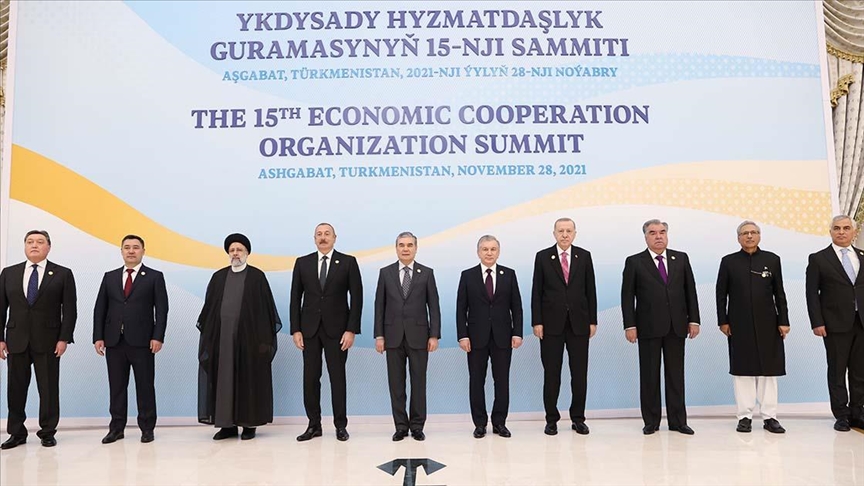 15TH SUMMIT OF LEADERS OF THE ECONOMIC COOPERATION ORGANIZATION
15TH SUMMIT OF LEADERS OF THE ECONOMIC COOPERATION ORGANIZATION
Gülperi GÜNGÖR 14.12.2021 -
 CONTRADICTIONS REVEALED WITH THE DEBATES ON SREBRENICA IN THE UN
CONTRADICTIONS REVEALED WITH THE DEBATES ON SREBRENICA IN THE UN
Ali Murat TAŞKENT 12.07.2015
-
25.01.2016
THE ARMENIAN QUESTION - BASIC KNOWLEDGE AND DOCUMENTATION -
12.06.2024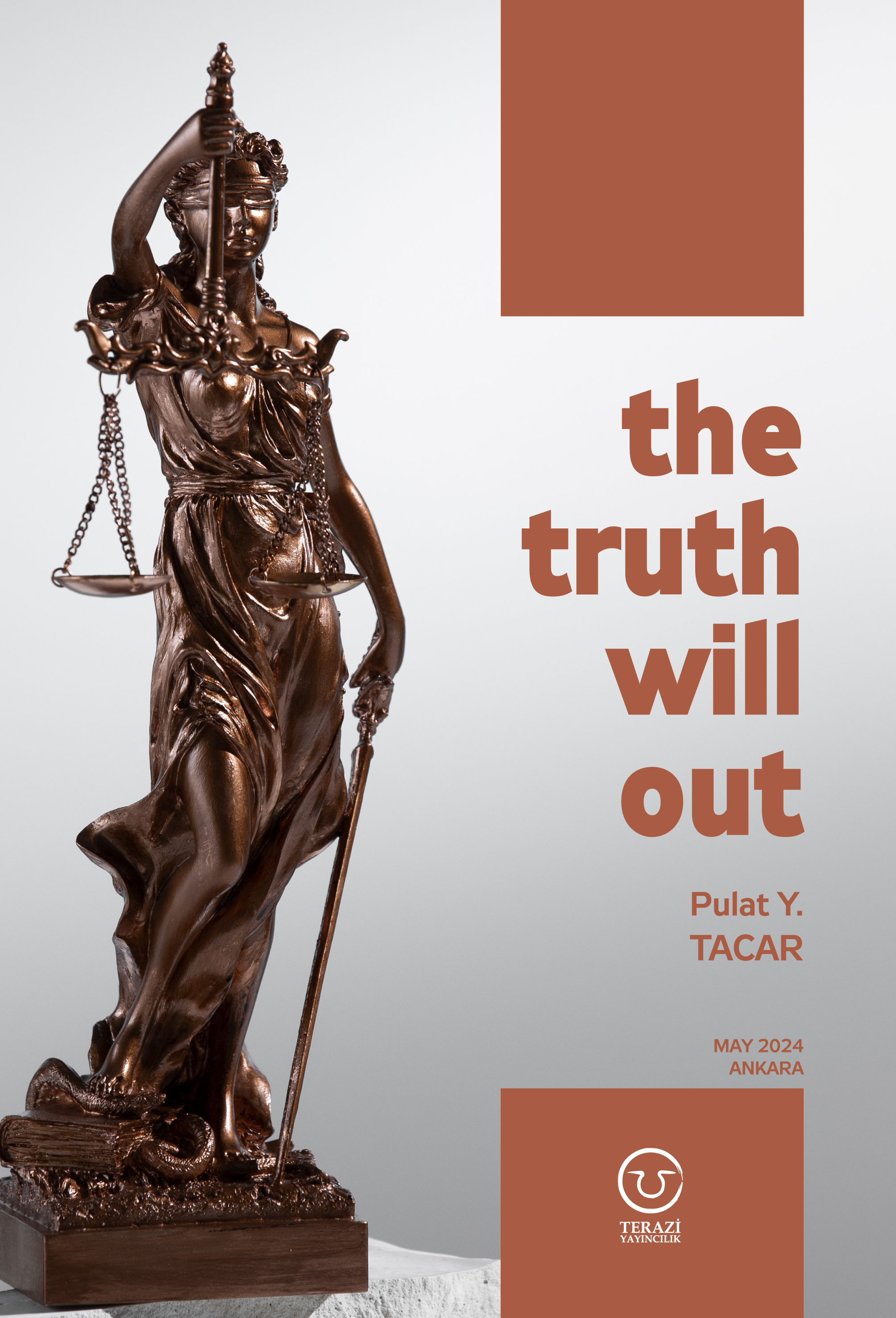
THE TRUTH WILL OUT -
27.03.2023
RADİKAL ERMENİ UNSURLARCA GERÇEKLEŞTİRİLEN MEZALİMLER VE VANDALİZM -
17.03.2023
PATRIOTISM PERVERTED -
23.02.2023
MEN ARE LIKE THAT -
03.02.2023
BAKÜ-TİFLİS-CEYHAN BORU HATTININ YAŞANAN TARİHİ -
16.12.2022
INTERNATIONAL SCHOLARS ON THE EVENTS OF 1915 -
07.12.2022
FAKE PHOTOS AND THE ARMENIAN PROPAGANDA -
07.12.2022
ERMENİ PROPAGANDASI VE SAHTE RESİMLER -
01.01.2022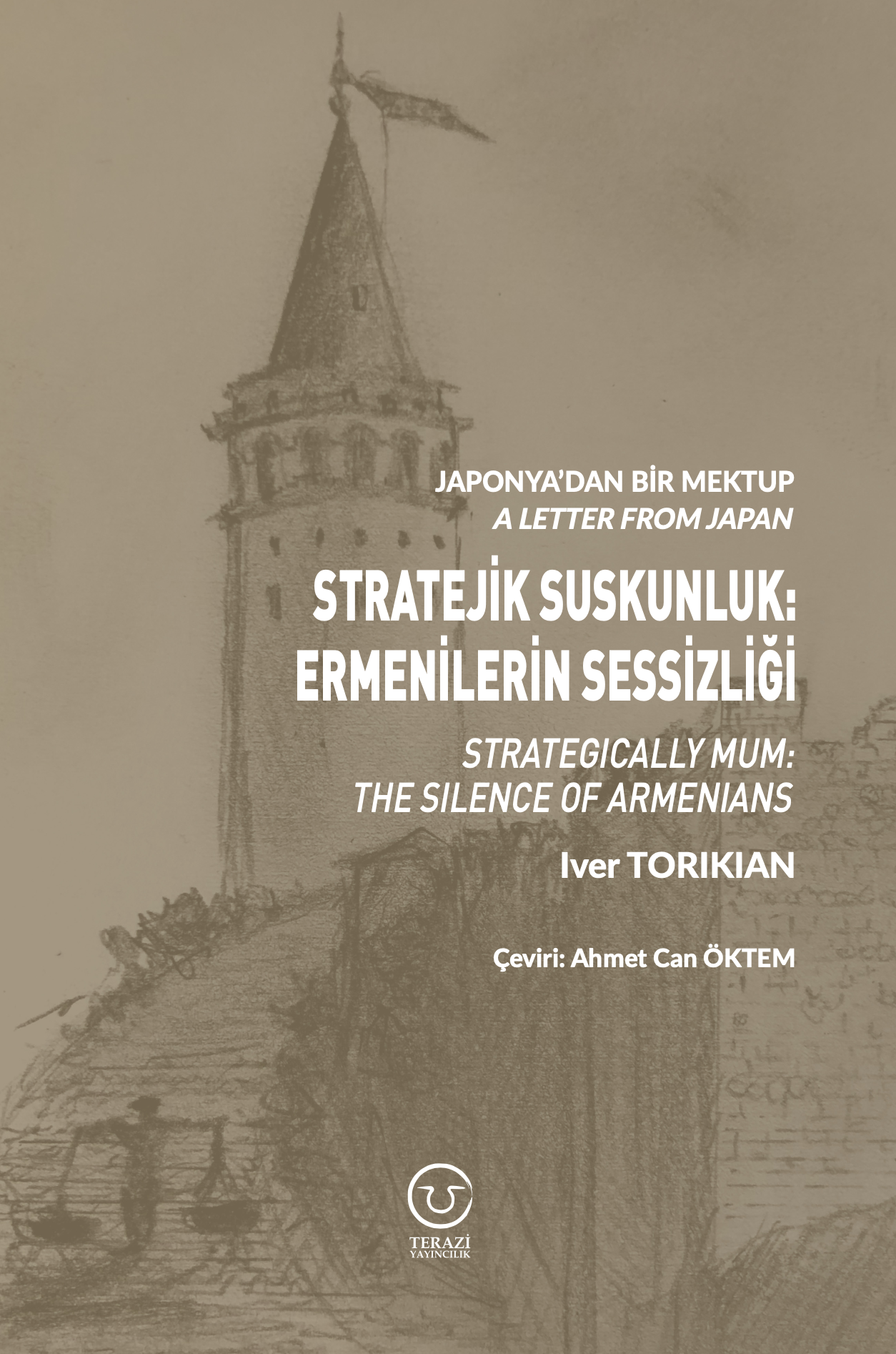
A Letter From Japan - Strategically Mum: The Silence of the Armenians -
01.01.2022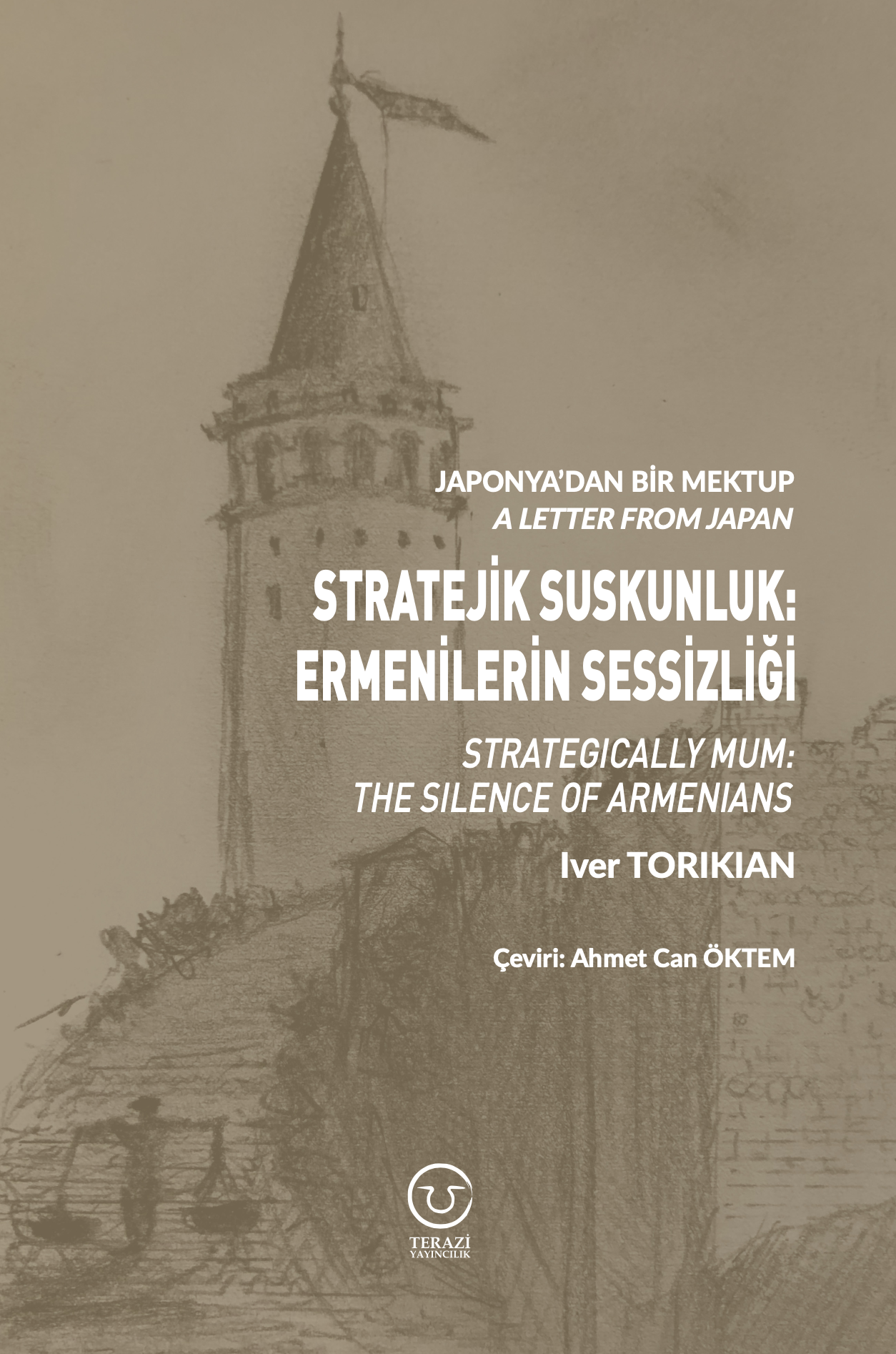
Japonya'dan Bir Mektup - Stratejik Suskunluk: Ermenilerin Sessizliği -
03.06.2020
Anastas Mikoyan: Confessions of an Armenian Bolshevik -
08.04.2020
Sovyet Sonrası Ukrayna’da Devlet, Toplum ve Siyaset - Değişen Dinamikler, Dönüşen Kimlikler -
12.06.2018
Ermeni Sorunuyla İlgili İngiliz Belgeleri (1912-1923) - British Documents on Armenian Question (1912-1923) -
02.12.2016
Turkish-Russian Academics: A Historical Study on the Caucasus -
01.07.2016
Gürcistan'daki Müslüman Topluluklar: Azınlık Hakları, Kimlik, Siyaset -
10.03.2016
Armenian Diaspora: Diaspora, State and the Imagination of the Republic of Armenia -
24.01.2016
ERMENİ SORUNU - TEMEL BİLGİ VE BELGELER (2. BASKI)
-
AVİM Conference Hall 24.01.2023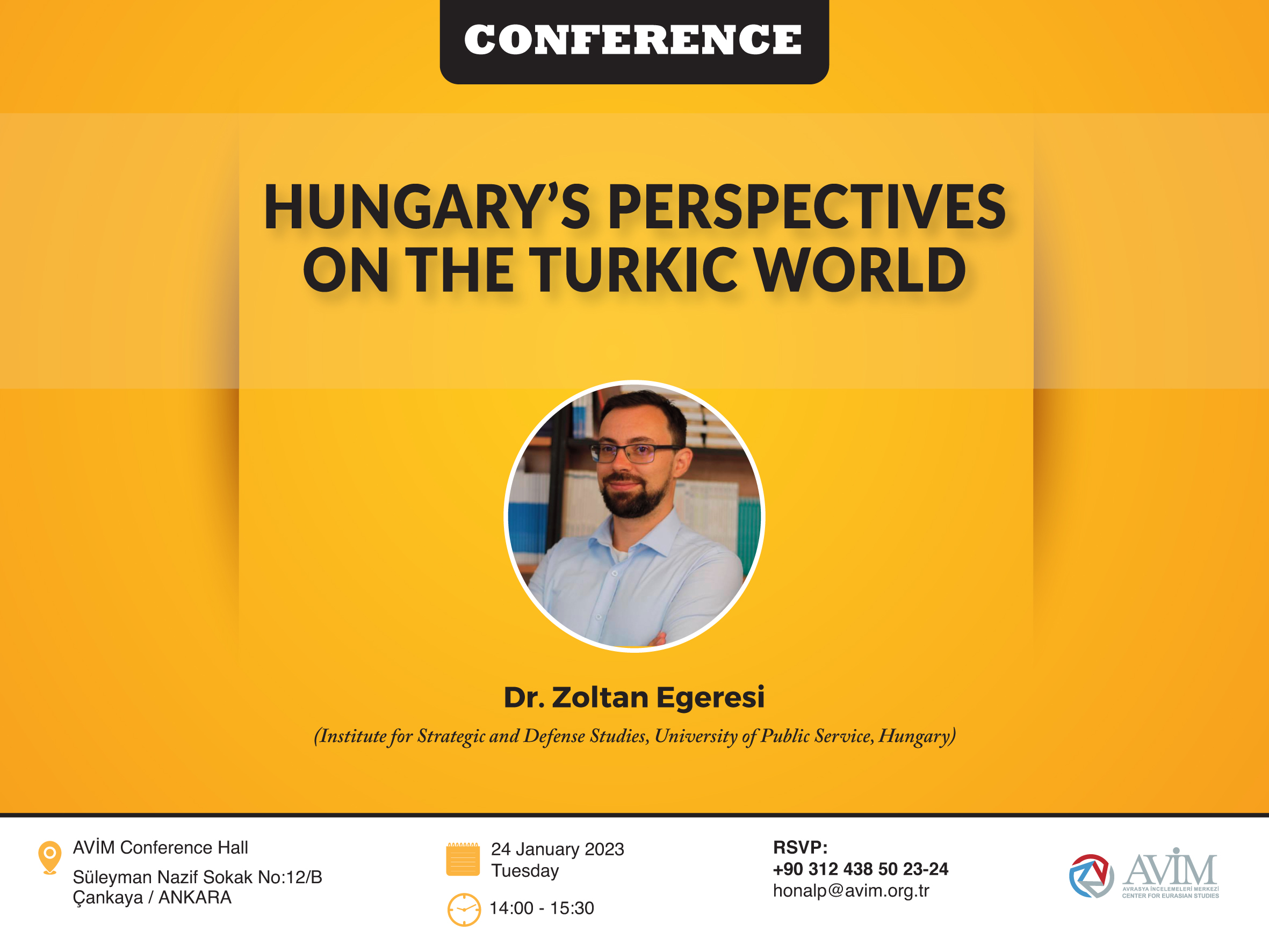
CONFERENCE TITLED “HUNGARY’S PERSPECTIVES ON THE TURKIC WORLD"








